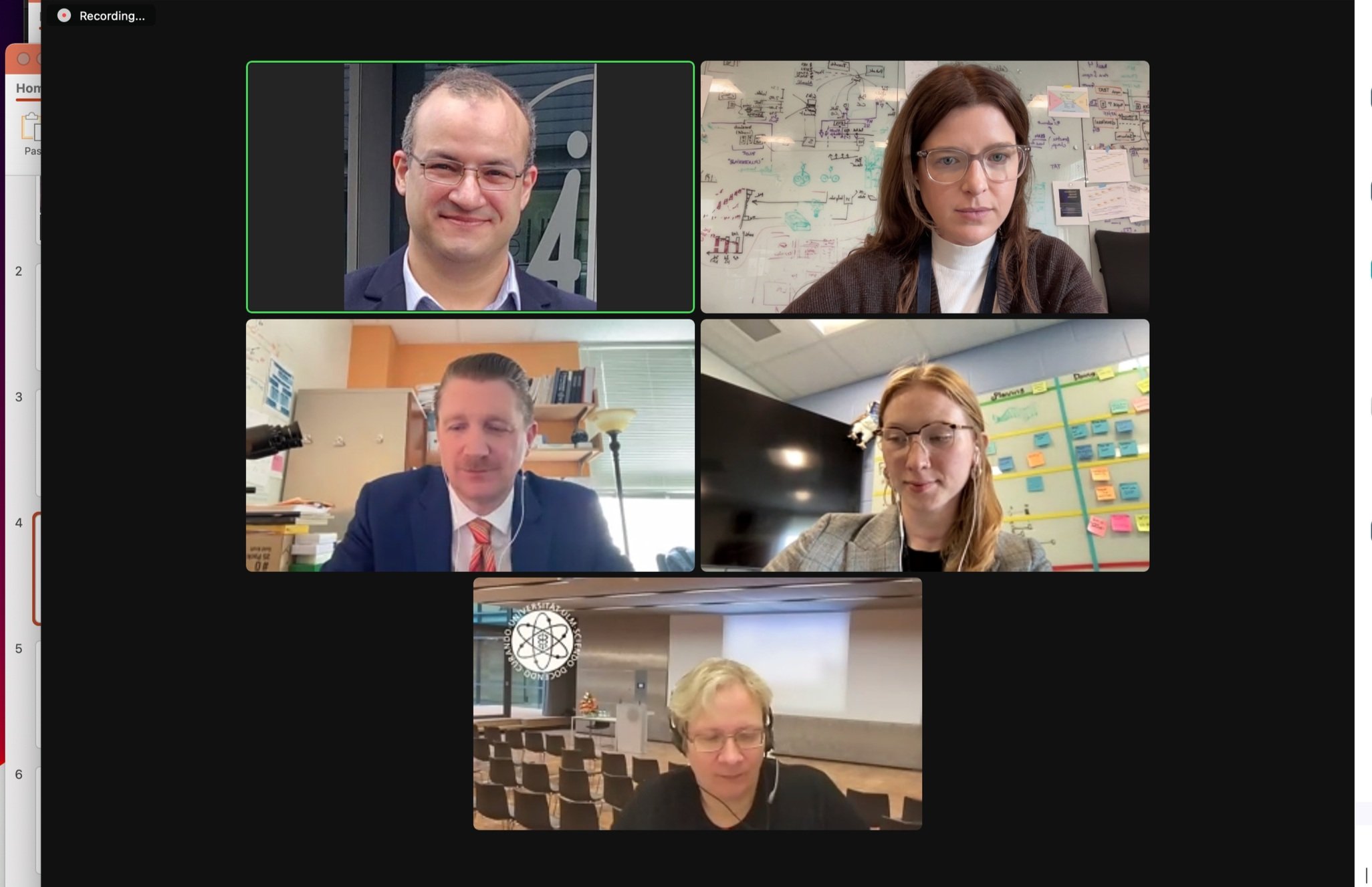SEER 2.0
Cancer Diagnostics: Current state to future trends
Trends in adoption of emerging technologies in cancer diagnostics
Following a brief pause, the SEER project has been rebooted in Spring 2022 with a focus on the trends in adoption of emerging technologies in cancer diagnostics.
Join an upcoming meeting.
Next meeting date - TBD
June 10 - Discussion and wrap-up
Deliverables before scheduling next meeting
NAACR data inclusion in database comparison
Health disparity tool => analysis; consider inclusion in figure (2E; see below)
Supplement; .docx file => to become .pdf; instructions on how to pull SEER data
Supplement; .xlsx file with index and separate tabs (S-Tab.1); all primary and parsed data in order of appearance in manuscript
Figures; in pptx => to become .png for sharing; total of 2 figures so far
Figure 1:
A) schematic overview
B) heatmapFigure 2:
A) Overall fraction (include sub-analysis by race),
B) time trend 490,
C) trend cfDNA,
D) trend by age, sex,
E) consider health disparity tool
Main manuscript files with table 1; .docx
June 3 - Findings and results meeting
May 27 - Data Review Meeting II
May 24 - Data Review Meeting I
Content
SOP: pulling data from SEER database download here
The output tables from data pull should look like:
Incidence – SEER Research Limited-Field Data, 22 Registries, Nov 2021 Sub (2000-2019):
Solid
Heme
Incidence – SEER Research Limited-Field Data, 21 Registries, Nov 2020 Sub (2000-2018)
Solid
Heme
Summer/Fall 2021
September 24 Meeting Summary
Materials
Next steps .doc overiew
Data overview slide deck
September 3 Meeting Summary
Project Overview
Title: SEER Cancer Microscope
Analysis Using SEER Cancer Registry Data to Investigate Trends in Use of Light Microscopy for Cancer Diagnosis
Authors: Nisha J. Ramamurthy, Alexander A. Farahani, Emma Gardecki, Jochen K. Lennerz
Addressed Parties: We are looking for collaborators, supporters, and stakeholders interested in analyzing how the diagnosis of cancer has shifted with recent technological advancements. We are specifically interested in the real world data on how cancer is diagnosed in the US today.
Background: In recent years, novel methods of cancer diagnosis have been introduced including cell-free DNA, whole slide imaging, and artificial intelligence (AI) applications. The use of cell-free DNA for noninvasive diagnostic purposes has proven to be a feasible future tool, though current knowledge of how tumors release cell-free DNA is limited.1 Similarly, AI and machine-learning strategies have emerged as promising future diagnostic methods due to potentially increased accuracy and providing adept, large banks for data.2 Throughout the evolution of cancer diagnostics, it has been well understood that light microscopy represents the most used approach. With rapid innovation of tools like cell-free DNA and AI, light microscopy represents a gold standard or baseline of cancer diagnosis to which novel instruments will be compared for valuation. However, the quantification of physicians’ use of light microscopy amid these technological advancements has not yet been well defined. Understanding the magnitude of light microscopy’s use in the current diagnostic climate is relevant amid a surge in innovation.
Approach & Objectives: We propose to use the SEER Cancer Registry to arrive at a national percentage of cancer diagnoses rendered through the light microscope. This analysis can provide payers and health technology assessments (HTAs) with a better assessment of current diagnostic climate, and aid in preparation for efficient and accessible cancer diagnostics solutions.
Deliverable: We plan to put the data together in a manuscript for peer-reviewed publication
Value proposition:
· Clinical: The diagnosis of cancer affects millions of patients. Cell free testing and alternative modalities expand the toolset for cancer diagnostics. The dataset proposed here will create an important anchor point.
· Regulatory. The introduction of whole slide imaging and AI may require adoption of the coding schema.
· R&D: To our knowledge, this specific question has not been examined.
Funding sources: N/A
Benefit to patients: technical advance, increased quality, outcome, access, affordability
References/Resources:
1. Barbany G, Arthur C, Liedén A, et al. Cell-free tumour DNA testing for early detection of cancer - a potential future tool. J Intern Med. 2019;286(2):118-136. doi:10.1111/joim.12897
2. Huang S, Yang J, Fong S, Zhao Q. Artificial intelligence in cancer diagnosis and prognosis: Opportunities and challenges. Cancer Lett. 2020;471:61-71. doi:10.1016/j.canlet.2019.12.007
Project Team
Nisha Ramamurthy
UNC Chapel Hill
Potomac, MD
Jared Woods
DFCI/BWH
Boston, MA
Emma Gardecki
Smith College
Northampton, MA
Uta Schmidt-Strassburger
Ulm University
Germany
Joe Lennerz
CID, MGH/HMS
Boston, MA
Ahmad Samir Alfaar
Ulm/Berlin
Germany
Kate Elfer
Interagency Oncology
Task Force, NCI-FDA
Gina Giannini
Regulatory Affairs
Roche
Alex Farahani
CID, MGH
Boston, MA
Ula Green
CID, MGH
Boston, MA

























